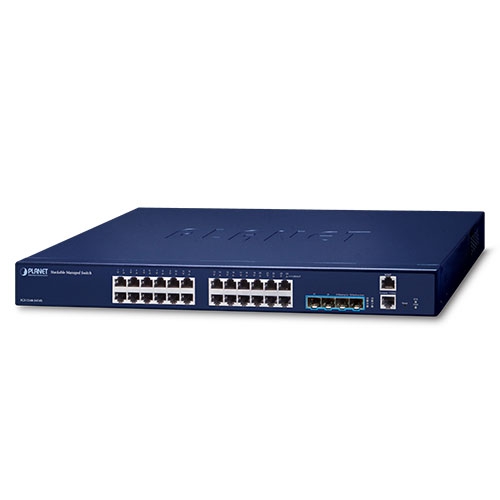Industrial Ethernet switches are essential for any company that needs to connect multiple machines or devices in a network. They provide the backbone of any industrial network, and they must be reliable, secure, and powerful enough to handle the demands of heavy-duty industrial networks. Layer 2+ 24 port industrial Ethernet switches serve an important function by allowing these industrial networks to communicate accurately and securely. This guide will explain how these switches work, the advantages they offer over other networking solutions, and how to install them correctly.
What is an Ethernet switch?
An Ethernet switch is a device that connects multiple devices together on a computer network by using packet switching to receive, process, and forward data to the destination device. Switches create virtual circuits between devices in order to allow communication. Ethernet switches operate at Layer 2 of the OSI model.
What are the benefits of an Ethernet switch?
An Ethernet switch is a device that connects multiple devices on a single network and allows them to communicate with each other. Switches are an essential part of any network, and they offer many benefits over other networking devices such as hubs and routers.
Some of the benefits of using an Ethernet switch include:
Increased Bandwidth: An Ethernet switch can offer increased bandwidth compared to other networking devices. This is because each device connected to the switch has its own dedicated connection.
Reduced Latency: An Ethernet switch can also help reduce latency by minimizing collisions. When two devices attempt to transmit data at the same time, it can result in a collision. However, with an Ethernet switch, each device has its own dedicated connection which reduces the chances of collisions occurring.
Improved Security: An Ethernet switch can also offer improved security features compared to other networking devices. For example, some switches allow you to enable port security which only allows authorized devices to access specific ports on the switch. This can help prevent unauthorized users from accessing your network.
Improved Reliability: An Ethernet switch can offer improved reliability compared to other networking devices. This is because switches typically have higher quality components and are designed for 24/7 operation.
What are the different types of Ethernet switches?
Ethernet switches come in a variety of shapes and sizes, each with its own unique set of features. The most common types of Ethernet switches are unmanaged, managed, and web-managed.
Unmanaged switches are the most basic type of switch and are typically used in small networks. These switches do not require any configuration and simply forward traffic based on the MAC address of the devices connected to them.
Managed switches are more complex than unmanaged switches and offer a variety of features such as Quality of Service (QoS), VLANs, port security, and more. These features can be configured via a web interface, command line interface (CLI), or simple network management protocol (SNMP). Managed switches are typically used in medium to large sized networks.
Web-managed switches are similar to managed switches but have a simpler web interface that is designed for easy configuration. Like managed switches, web-managed switches offer a variety of features such as QoS, VLANs, port security, and more. These switches are typically used in small to medium sized networks.
What factors should you consider when choosing an Ethernet switch?
When choosing an Ethernet switch for your industrial application, there are several factors to consider:
1. Switching capacity: How much data do you need to be able to move through the switch? Make sure to choose a switch with enough switching capacity to handle your needs.
2. Port density: How many ports do you need on the switch? Choose a switch with enough ports to connect all of your devices.
3. Redundancy: In an industrial environment, downtime is not an option. Choose a switch with redundant power supplies and/or redundant switches for maximum uptime.
4. Manageability: In an industrial environment, it is often important to be able to remotely manage and monitor your Ethernet switch. Choose a switch with robust management features that fit your needs.
Conclusion
In conclusion, understanding Layer 2+ 24 Port Industrial Ethernet Switches is essential for networking in industrial environments. With the right switch, you can easily and efficiently connect your devices to each other while keeping out external threats. We hope this guide has given you a better understanding of the features and benefits of these switches so that you can make an informed decision when selecting one for your next project. Feel free to contact us if you have any further questions about Layer 2+ 24 Port Industrial Ethernet Switches or any other networking equipment!


